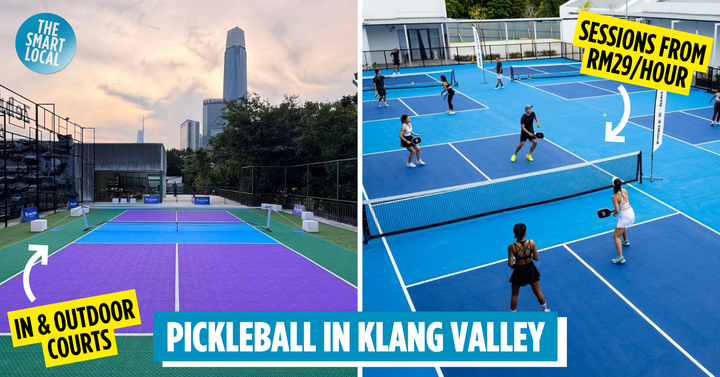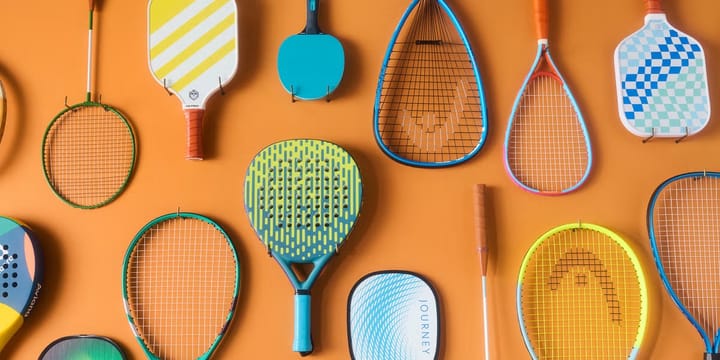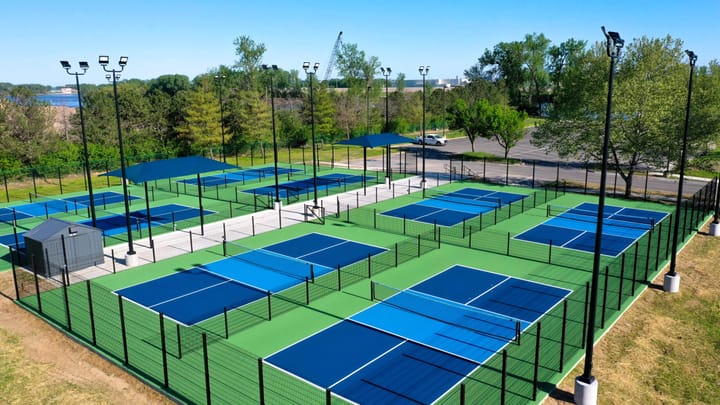The Road Ahead for Pickleball in Malaysia: Ensuring Long-Term Growth and Integration
Will pickleball become Malaysia’s next national sport or fade without deeper roots?
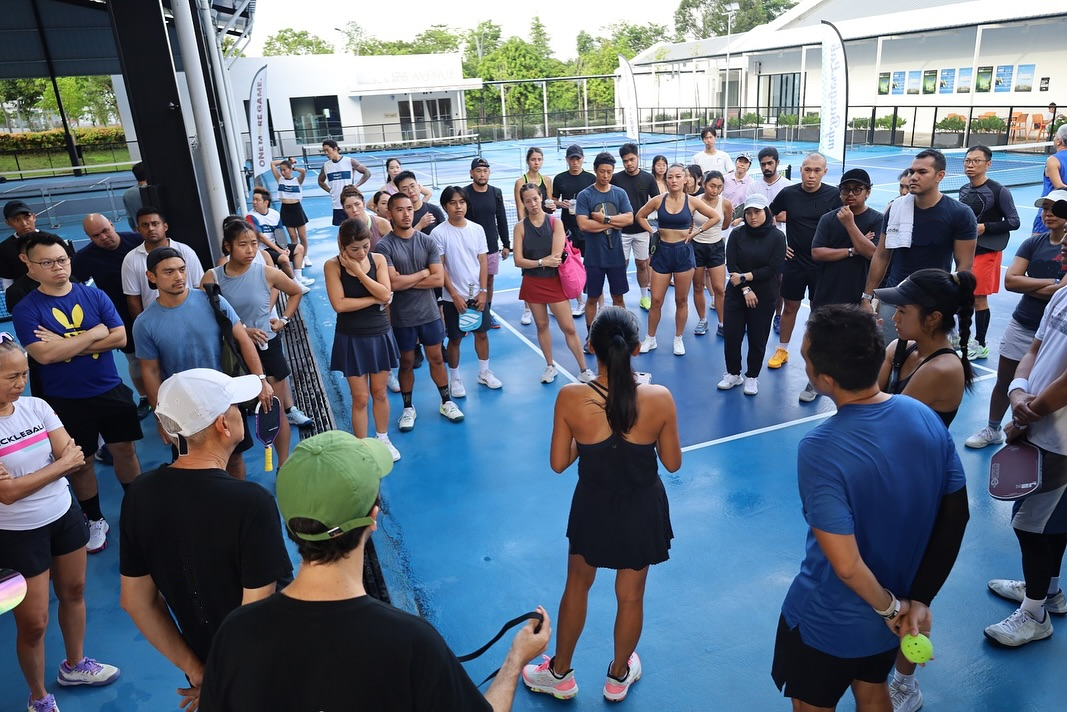
Where does Malaysia go from here?
To ensure pickleball is not a flash-in-the-pan, strategic long-term thinking is necessary. One opportunity lies in integrating pickleball into school co-curricular programmes. This builds a generational pipeline while promoting physical literacy and early interest in the sport.
Equally important is the ability to cater to all demographics—not just the well-to-do or working adults, but also children, youths, and seniors. For pickleball to truly become a national sport, it must be inclusive. The sport's low barrier to entry, slower-paced options, and social gameplay mechanics make it especially suitable for seniors and beginners, while structured training programmes and tournaments can engage more competitive younger players.
The path forward includes designing accessible venues, diversifying programming to match various needs, and offering affordable entry points. With smart adoption of digital tools, efficient operating models, and support from government and community partners, pickleball can evolve into a sport that cuts across generations and socioeconomic backgrounds—bringing health, connection, and recreation to all.
Another is in public-private collaboration. Local councils can allocate underutilised futsal or multipurpose halls to dual-sport models, incentivised through grants or digital integration with platforms like Courtsite. However, to truly scale this impact, the involvement and support of relevant authorities across all levels of government is essential. Federal, States, and particularly local governments play a pivotal role in unlocking community access, maintaining and funding infrastructure, and institutionalising pickleball within public policy frameworks.
Equally, associations such as the Malaysian Pickleball Association (MPA), state sports councils, and community sports bodies must be engaged to ensure structured programme delivery, competitive pathways, and coaching standards. A significant factor in this development is the establishment of state and district-level pickleball associations—critical pillars for grassroots mobilisation and regional growth. However, not all Malaysian states or their respective districts have formally set up such associations. In some cases, internal politics and factional disputes have slowed progress, hampering the pace of formalisation that is essential for organised development. Only through coordinated, multi-tiered support—including overcoming these structural hurdles—can the sport evolve from a niche trend into an enduring and inclusive part of Malaysia's recreational and sporting culture.
Globally, pickleball has experienced an extraordinary rise, most notably in the United States where it has been dubbed the fastest-growing sport for several consecutive years. As of 2025, the USA Pickleball Association reports over 10 million active players and more than 40,000 courts nationwide. The sport has attracted attention from major sports networks, celebrity investors, and corporate sponsors, with professional leagues now offering televised matches and prize money that rivals established sports. Pickleball’s appeal lies in its accessibility, fast-paced yet low-impact gameplay, and ability to engage both social and competitive audiences.
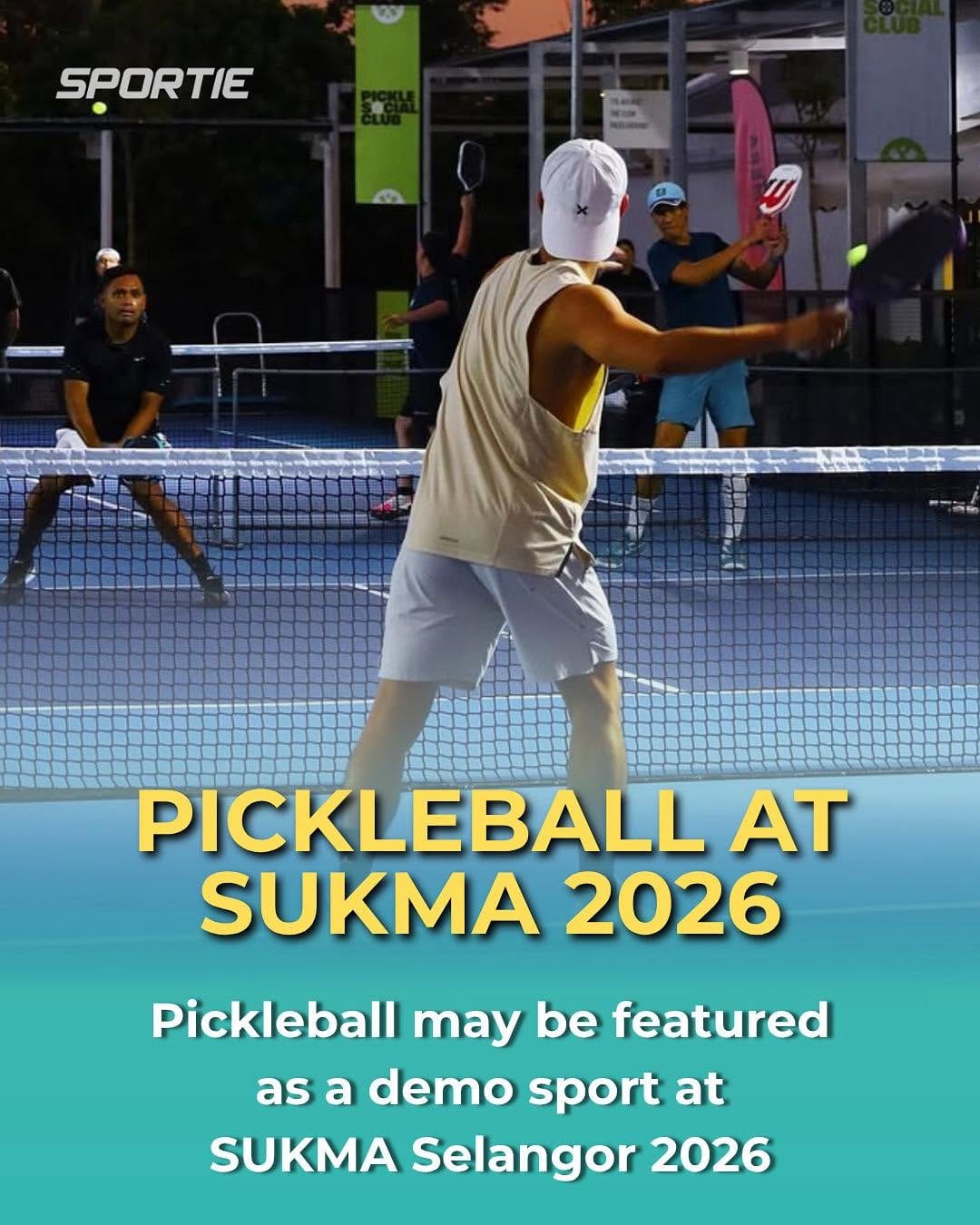
This global momentum is influencing trends in Southeast Asia, where Malaysia is uniquely positioned to take a leadership role. For state and national planners, exploring pickleball's inclusion in events like SUKMA (Malaysia Games) could formalise its standing and mark a significant step toward institutional recognition. Such inclusion would not only offer young athletes a pathway to higher-level competition but also help standardise coaching and development programmes across states.
More immediately, the continued expansion of MPA's DUPR network and its robust calendar of regional and national tournaments are helping to build momentum and consistency. These events provide crucial exposure, talent identification, and community engagement opportunities, reinforcing pickleball's position as a viable sport within Malaysia's athletic ecosystem.
The support and alignment of education departments, youth and sports ministries, and local governments will be essential to scaling these efforts. Encouraging schools, municipal facilities, and recreational clubs to adopt and promote pickleball will ensure that participation is not confined to private venues or urban centres. By embedding the sport across a wide range of institutions, Malaysia can ensure that pickleball becomes not just accessible, but aspirational—one that reaches children, youth, working adults, and seniors across all backgrounds.
There is valuable lessons Malaysia can draw from the United States, where coordinated efforts among national sports bodies, schools, and municipalities helped transform pickleball into both a community pastime and a legitimate professional pursuit. For instance, the widespread incorporation of pickleball into school physical education curriculums and community recreation programmes has ensured a steady and inclusive pipeline of new players. Public parks developments routinely include dedicated pickleball courts, and many cities have launched age-friendly league formats and intergenerational play events to maximise engagement.
Malaysia can adopt similar strategies by mandating pickleball-friendly infrastructure in public development guidelines, providing funding or incentives for inclusive programming, and fostering partnerships between local governments and digital platform providers. These initiatives would help create a broad, resilient foundation for growth that extends well beyond affluent or urban enclaves—ensuring pickleball evolves into a truly Malaysian sport that unites all layers of society.
Malaysia has a chance not only to lead the region in pickleball adoption, but to create a unique, community-driven model for other countries to follow. The sport has planted roots. Now it's time to ensure they grow deep.

